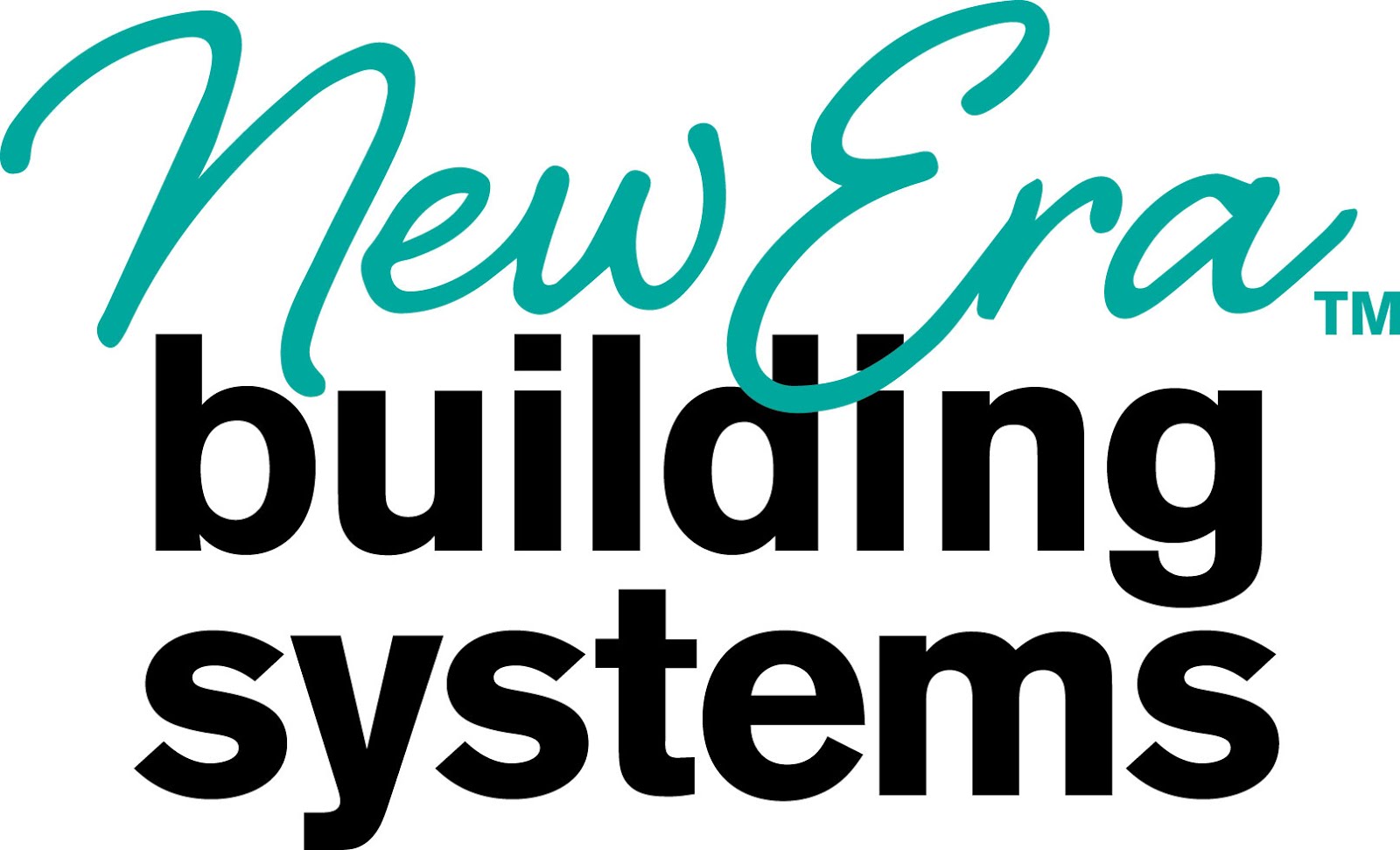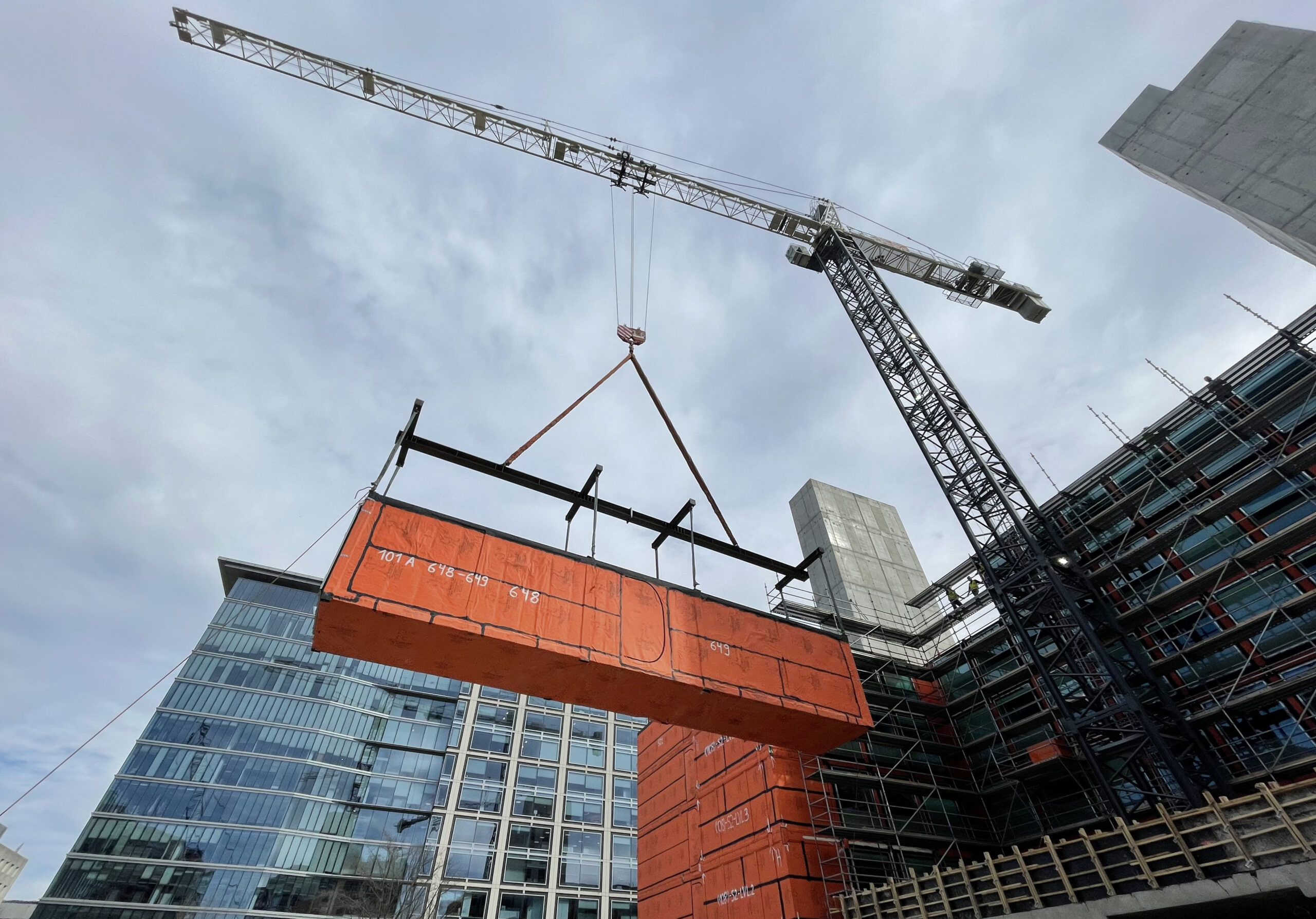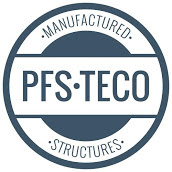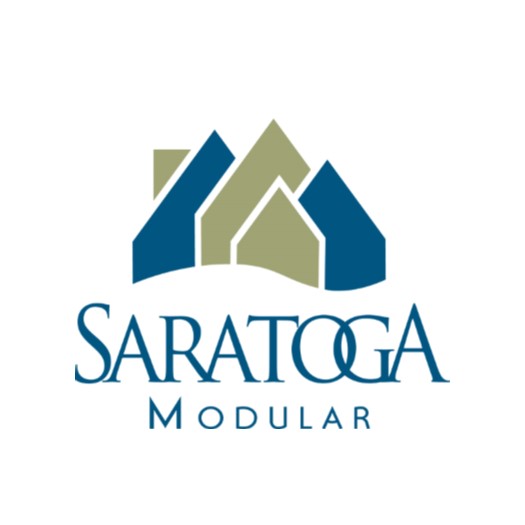When California Governor Gavin Newsom signed Senate Bill 79, it didn’t just tweak zoning codes; it challenged decades of suburban tradition. The law allows five- and six-story housing developments in single-family zones within a quarter- to half-mile of public-transit stops. Beginning July 1, 2026, builders in cities across the state will be legally cleared to go vertical in neighborhoods that once fought tooth and nail to stay low-rise.
The question now is whether this bold experiment can serve as a model for the rest of the country—or if it’s destined to work only in a few California cities with the right mix of politics, transit, and pressure.
A New Chapter in the Density Debate
Supporters, including California YIMBY’s Matthew Lewis, call the measure a long-overdue correction to outdated zoning. They argue that the state has been handcuffed by “one-size-fits-all” housing rules that reserve huge areas of urban land for single-family homes. SB 79 breaks those cuffs, opening the door for mid-rise apartments, mixed-use buildings, and modular infill projects close to train and bus lines.
Lewis says it’s not just about building higher—it’s about building smarter. “We’re ending the era where every city could say no to growth and still complain about affordability.”
That sentiment resonates far beyond California. Cities from Boston to Austin face similar housing crunches, and SB 79 gives policymakers a case study in how to rewrite zoning around transit rather than traffic.
The Local Pushback
But not everyone’s convinced this will work outside the Golden State—or even within it. Critics like Danna Givot of Neighbors for a Better San Diego argue that SB 79 oversteps state authority and ignores local realities. She says the law assumes people will walk half a mile to catch transit when most won’t, and warns that developers will target cheaper lots farther from stations, defeating the purpose.

She also worries about the immediate impact on property values and infrastructure, predicting that neighborhoods rezoned for higher density could face price shocks and strained utilities long before new housing arrives. In her view, California already has enough zoning capacity; it just hasn’t used it efficiently.
Her argument raises an important point for the rest of the country: it’s not enough to change the rules on paper—you also need transit that works, communities that buy in, and builders who can deliver affordable projects, including modular and offsite developers ready to build at scale.
A Model—or a Mirage?
San Diego Mayor Todd Gloria sees SB 79 as validation of what his city is already doing. He notes that 85 to 90 percent of San Diego’s new homes are near transit, proof that the right policies can shift development patterns without chaos. For modular and offsite manufacturers, that’s an encouraging sign—high-density, transit-adjacent infill is tailor-made for factory-built construction, where speed and precision can meet the demands of tighter urban sites.
Still, exporting California’s model to places like Des Moines or Nashville isn’t simple. Few cities have the same transit coverage or the political appetite to override local zoning resistance. If SB 79 succeeds, it could inspire state-level reforms elsewhere. If it falters, it may reinforce the argument that density-driven zoning only works where transit, infrastructure, and public opinion already align.
My Thoughts
SB 79 may be the most ambitious attempt yet to connect zoning reform with affordability and transit access. Whether it becomes a national model or a California-only solution will depend on what happens between now and 2026—when theory meets construction reality.
If the projects rise quickly, fill up, and actually move the affordability needle, expect other states to borrow the blueprint. But if it leads to lawsuits, empty lots, and voter backlash, SB 79 will serve as yet another reminder that you can’t legislate culture change—you have to build it, one neighborhood at a time.
.
With over 9,000 published articles on modular and offsite construction, Gary Fleisher remains one of the most trusted voices in the industry.
.

CLICK HERE to read the latest edition

Contact Gary Fleisher












